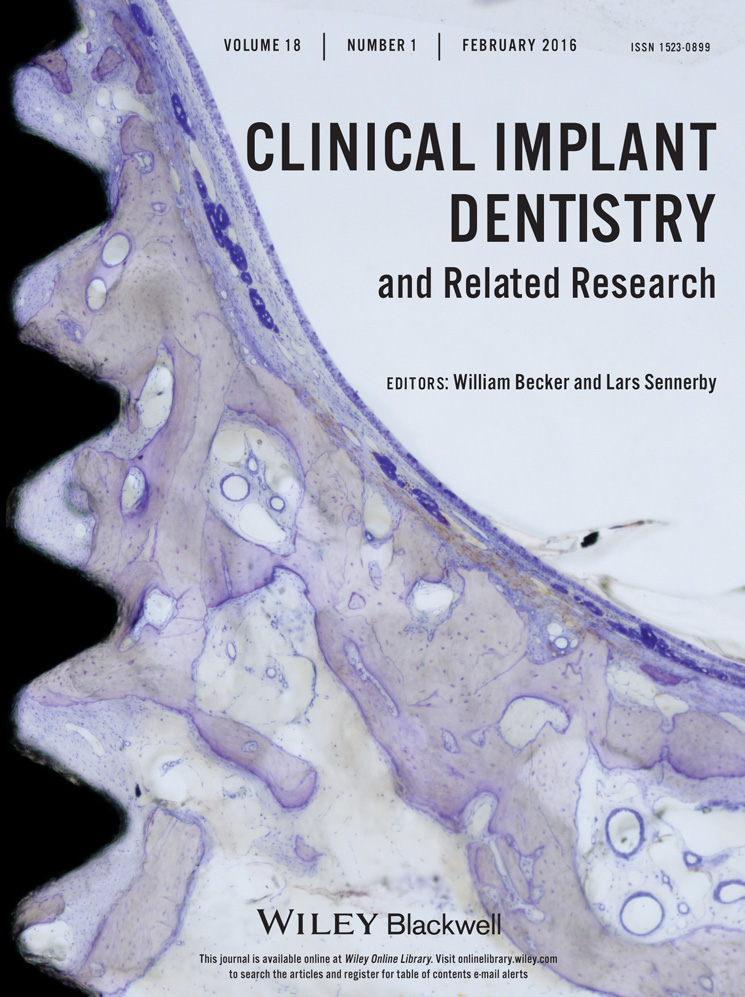Effect of Platform Shift/Switch on Crestal Bone Levels and Mucosal Profile Following Flapless Surgery and Crestal/Subcrestal Implant Placement
Abstract
Background
Crestal remodeling/bone loss appears a common sequel to dental implant placement. Several hypotheses and clinical strategies have been advanced to explain and avert crestal remodeling; however, causative mechanisms remain unclear and the efficacy of clinical protocol uncertain.
Objective
The objective of the present study was to provide a histologic record of crestal versus subcrestal implant placement on crestal remodeling and mucosal profile comparing platform shift/switch and standard abutments following flapless implant surgery using a dog model.
Methods
Four dental implants each were placed into the left and right edentulated posterior mandibles in five adult male hound-Labrador mongrel dogs using a flapless approach including crestal versus subcrestal placement and using platform shift versus standard abutments. Block biopsies were collected for histological/histometric analysis following an 8-week healing interval.
Results
Both crestal and subcrestal implant installation resulted in significant crestal remodeling and bone loss, in particular at buccal sites, without significant differences between platform shift/switch and standard abutments. Implants installed subcrestally exhibited a significantly taller mucosal profile over crestal-level implants without significant differences between platform shift/switch and standard abutments; the epithelial attachment at all times arrested on the abutment surface.
Conclusions
Comparing platform shift/switch versus standard abutments using a minimally invasive flapless approach including crestal or subcrestal implant placement, the platform shift/switch abutments offer no selective advantage over standard abutments.




